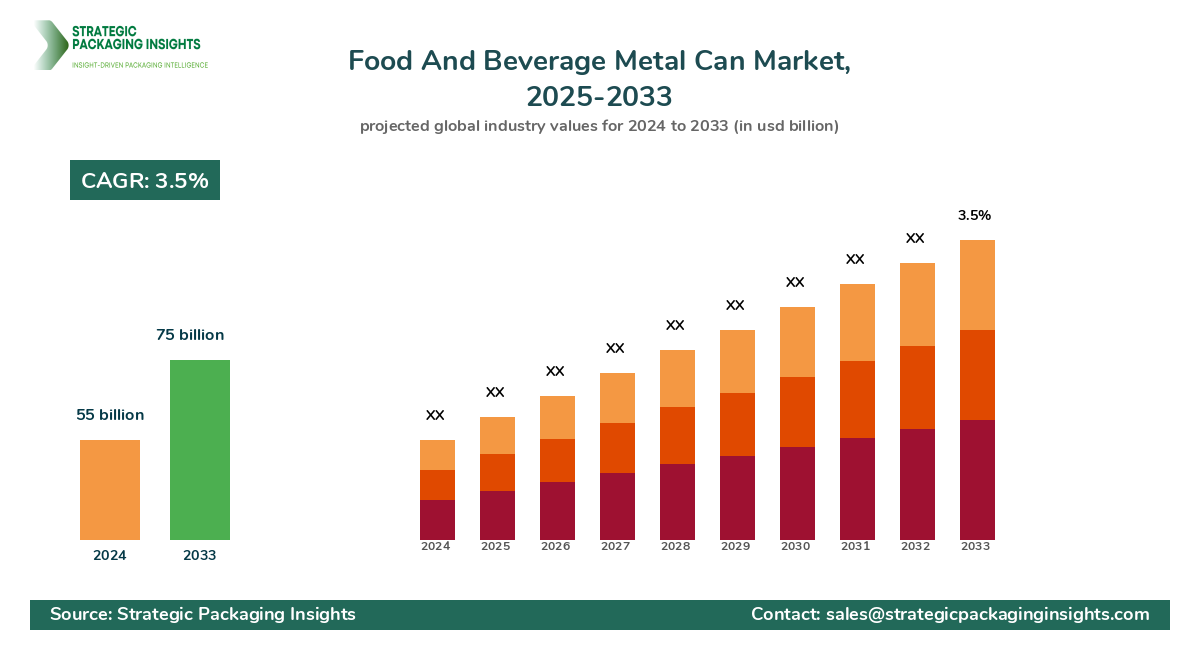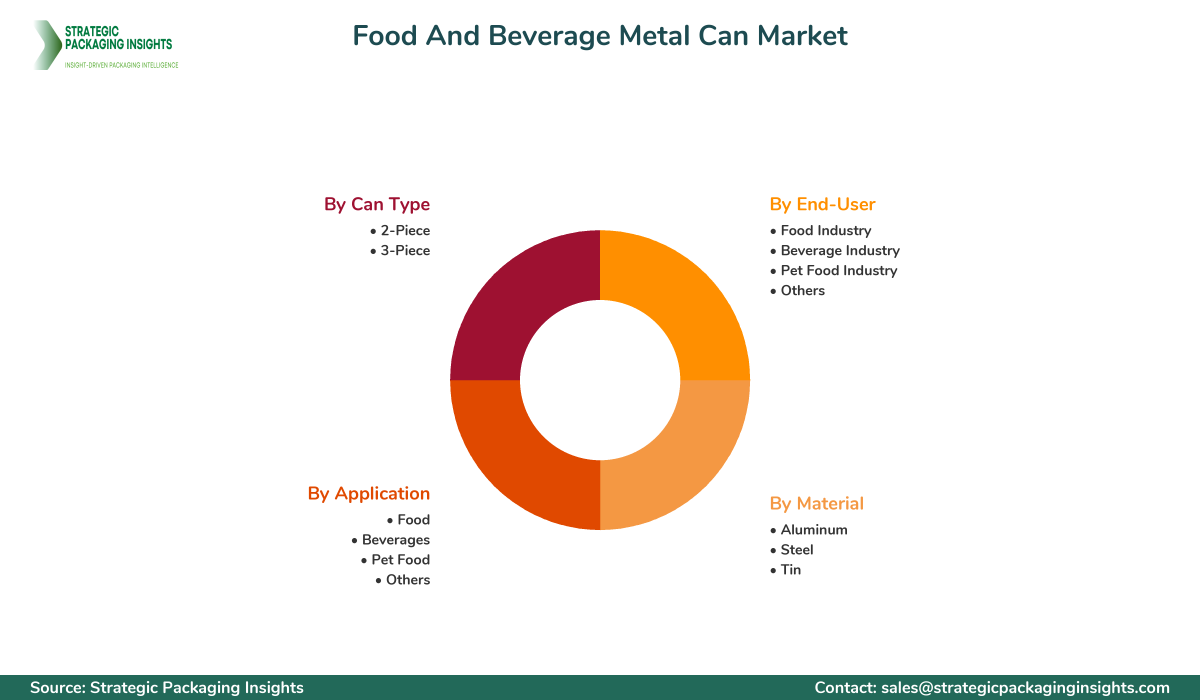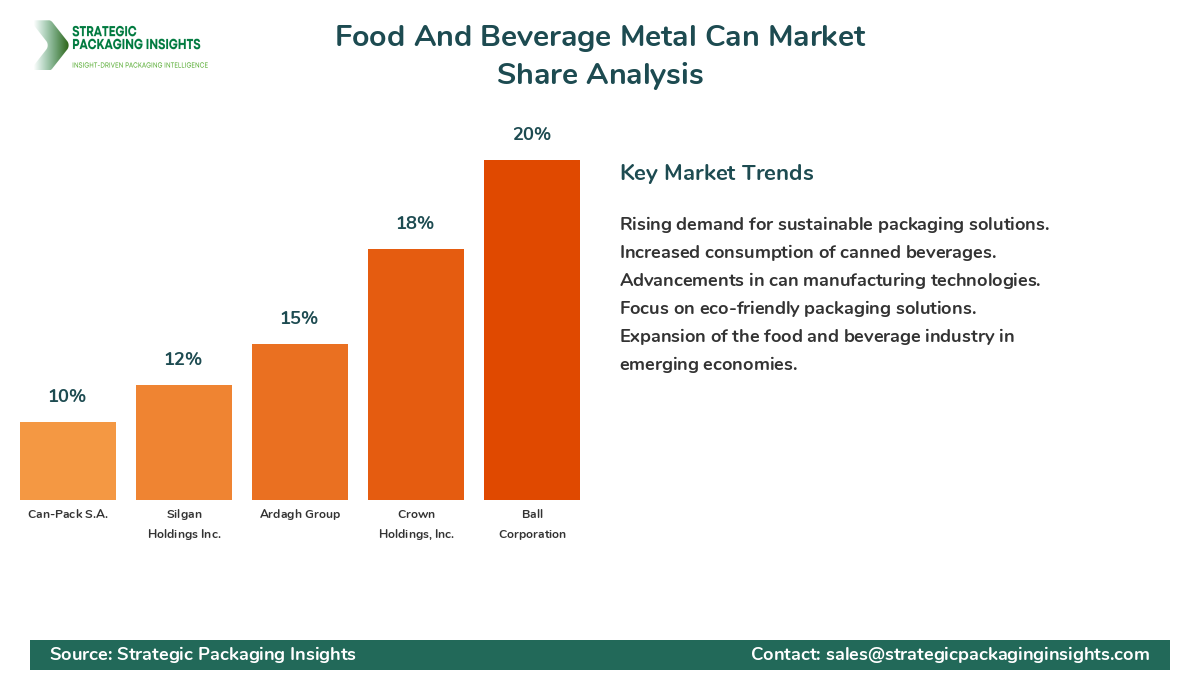- Home
- Beverage Packaging
- Food And Beverage Metal Can Market Size, Future Growth and Forecast 2033
Food And Beverage Metal Can Market Size, Future Growth and Forecast 2033
Food And Beverage Metal Can Market Segments - by Material (Aluminum, Steel, Tin), Application (Food, Beverages, Pet Food, Others), Can Type (2-Piece, 3-Piece), End-User (Food Industry, Beverage Industry, Pet Food Industry, Others) - Market Dynamics, Growth Opportunities, Strategic Drivers, and PESTLE Outlook (2025–2033)
Food And Beverage Metal Can Market Outlook
The Food and Beverage Metal Can market was valued at $55 billion in 2024 and is projected to reach $75 billion by 2033, growing at a CAGR of 3.5% during the forecast period 2025-2033. This market is driven by the increasing demand for sustainable and recyclable packaging solutions, as consumers and manufacturers alike are becoming more environmentally conscious. Metal Cans offer a durable, lightweight, and highly recyclable option, making them a preferred choice for packaging food and beverages. The market is also fueled by the growing consumption of canned beverages and ready-to-eat food products, which are convenient for consumers with busy lifestyles. Additionally, advancements in can manufacturing technologies, such as improved sealing and printing techniques, are enhancing the appeal of metal cans in the food and beverage industry.
Despite the positive growth trajectory, the Food and Beverage Metal Can market faces certain challenges. One of the primary restraints is the volatility in raw material prices, particularly aluminum and steel, which can impact production costs and pricing strategies. Furthermore, the market is subject to stringent regulations regarding food safety and packaging standards, which can pose compliance challenges for manufacturers. However, the market holds significant growth potential, especially with the increasing focus on eco-friendly packaging solutions. Innovations in can design and the development of BPA-free coatings are expected to create new opportunities for market players. Additionally, the expansion of the food and beverage industry in emerging economies presents lucrative prospects for the metal can market.
Report Scope
| Attributes | Details |
| Report Title | Food And Beverage Metal Can Market Size, Future Growth and Forecast 2033 |
| Base Year | 2024 |
| Historic Data | 2017-2023 |
| Forecast Period | 2025-2033 |
| Number of Pages | 176 |
| Material | Aluminum, Steel, Tin |
| Application | Food, Beverages, Pet Food, Others |
| Can Type | 2-Piece, 3-Piece |
| End-User | Food Industry, Beverage Industry, Pet Food Industry, Others |
| Customization Available | Yes* |
Key Highlights Food And Beverage Metal Can Market
- Increasing demand for sustainable and recyclable packaging solutions.
- Growing consumption of canned beverages and ready-to-eat food products.
- Advancements in can manufacturing technologies.
- Volatility in raw material prices impacting production costs.
- Stringent regulations regarding food safety and packaging standards.
- Focus on eco-friendly packaging solutions driving market growth.
- Innovations in can design and development of BPA-free coatings.
- Expansion of the food and beverage industry in emerging economies.
- Rising consumer preference for convenient packaging options.
- Increased investment in R&D for sustainable packaging materials.
Competitive Intelligence
The Food and Beverage Metal Can market is highly competitive, with several key players vying for market share. Leading companies include Ball Corporation, Crown Holdings, Inc., Ardagh Group, Silgan Holdings Inc., and Can-Pack S.A. These companies are focusing on expanding their geographic reach and enhancing their product portfolios through strategic acquisitions and partnerships. Ball Corporation, for instance, is known for its innovative can designs and strong focus on sustainability, which has helped it maintain a significant market share. Crown Holdings, Inc. is another major player, with a robust global presence and a diverse product range catering to various end-user industries.
Ardagh Group has been expanding its footprint through strategic acquisitions, while Silgan Holdings Inc. focuses on operational efficiency and customer-centric solutions. Can-Pack S.A. is recognized for its advanced manufacturing capabilities and commitment to quality. These companies are investing heavily in research and development to introduce new and improved products that meet the evolving needs of consumers and regulatory requirements. The competitive landscape is characterized by a focus on innovation, sustainability, and customer satisfaction, with companies striving to differentiate themselves through unique product offerings and value-added services.
Regional Market Intelligence of Food And Beverage Metal Can
In North America, the Food and Beverage Metal Can market is valued at $15 billion and is expected to grow steadily due to the high consumption of canned beverages and the presence of major market players. The region's focus on sustainability and recycling initiatives is also driving market growth. In Europe, the market is valued at $12 billion, with a strong emphasis on eco-friendly packaging solutions and stringent regulatory standards. The Asia-Pacific region, valued at $20 billion, is experiencing rapid growth due to the expanding food and beverage industry and increasing consumer demand for convenient packaging options.
Latin America, with a market value of $5 billion, is witnessing growth driven by the rising consumption of canned food products and beverages. The Middle East & Africa region, valued at $3 billion, is also showing potential for growth, with increasing investments in the food and beverage sector and a growing focus on Sustainable Packaging solutions. Each region presents unique opportunities and challenges, with varying consumer preferences, regulatory environments, and market dynamics influencing growth patterns.
Top Countries Insights in Food And Beverage Metal Can
The United States, with a market size of $10 billion and a CAGR of 4%, is a leading player in the Food and Beverage Metal Can market, driven by high consumption of canned beverages and strong recycling initiatives. China, with a market size of $8 billion and a CAGR of 6%, is experiencing rapid growth due to the expanding food and beverage industry and increasing consumer demand for convenient packaging. Germany, valued at $5 billion with a CAGR of 3%, is focusing on eco-friendly packaging solutions and stringent regulatory standards.
Brazil, with a market size of $3 billion and a CAGR of 5%, is witnessing growth driven by the rising consumption of canned food products and beverages. India, valued at $2 billion with a CAGR of 7%, is showing potential for growth with increasing investments in the food and beverage sector and a growing focus on sustainable packaging solutions. Each country presents unique growth drivers and challenges, influenced by local consumer preferences, regulatory environments, and market dynamics.
Food And Beverage Metal Can Market Segments Insights
Material Analysis
The material segment of the Food and Beverage Metal Can market is primarily divided into aluminum, steel, and tin. Aluminum cans are the most popular due to their lightweight nature, recyclability, and ability to preserve the taste and quality of the contents. The demand for aluminum cans is driven by the beverage industry, particularly for carbonated drinks and energy beverages. Steel cans, on the other hand, are preferred for packaging food products due to their strength and durability. Tin Cans, although less common, are used for specific applications where corrosion resistance is crucial.
The choice of material is influenced by factors such as cost, availability, and the specific requirements of the packaged product. Manufacturers are increasingly focusing on developing innovative materials and coatings to enhance the performance and sustainability of metal cans. The trend towards eco-friendly packaging solutions is driving the demand for recyclable materials, with aluminum leading the way due to its high recycling rate and environmental benefits.
Application Analysis
The application segment of the Food and Beverage Metal Can market includes food, beverages, pet food, and others. The beverage segment holds the largest market share, driven by the high consumption of canned drinks such as soft drinks, beer, and energy drinks. The convenience and portability of canned beverages make them a popular choice among consumers, particularly in urban areas. The food segment is also significant, with canned fruits, vegetables, soups, and ready-to-eat meals gaining popularity due to their long shelf life and ease of storage.
The pet food segment is witnessing growth as pet owners increasingly opt for canned pet food due to its nutritional benefits and convenience. Other applications include the packaging of non-food items such as paints and chemicals, where metal cans offer superior protection and durability. The demand for metal cans in various applications is driven by factors such as consumer preferences, lifestyle changes, and the need for sustainable packaging solutions.
Can Type Analysis
The can type segment is categorized into 2-piece and 3-piece cans. 2-piece cans are widely used in the beverage industry due to their seamless design, which reduces the risk of leaks and contamination. These cans are typically made from aluminum and are favored for their lightweight and cost-effective production. The 3-piece cans, made from steel or tin, are commonly used for food packaging, offering strength and durability for products that require longer shelf life.
The choice between 2-piece and 3-piece cans depends on factors such as the type of product being packaged, cost considerations, and manufacturing capabilities. Manufacturers are continuously innovating to improve the design and functionality of both types of cans, focusing on enhancing their environmental performance and reducing production costs. The trend towards lightweight and Recyclable Packaging is influencing the development of new can designs and materials.
End-User Analysis
The end-user segment of the Food and Beverage Metal Can market includes the food industry, beverage industry, pet food industry, and others. The beverage industry is the largest end-user, driven by the high demand for canned drinks and the growing trend of on-the-go consumption. The food industry is also a major end-user, with canned food products gaining popularity due to their convenience and long shelf life.
The pet food industry is experiencing growth as pet owners increasingly prefer canned pet food for its nutritional benefits and ease of use. Other end-users include industries such as paints and chemicals, where metal cans offer superior protection and durability. The demand from various end-user industries is influenced by factors such as consumer preferences, lifestyle changes, and the need for sustainable packaging solutions. Manufacturers are focusing on developing innovative products to meet the evolving needs of end-users and capitalize on emerging opportunities in the market.
The market share distribution in the Food and Beverage Metal Can market is dominated by a few key players, with Ball Corporation, Crown Holdings, Inc., and Ardagh Group leading the pack. These companies have established strong market positions through strategic acquisitions, product innovations, and a focus on sustainability. Ball Corporation, for example, is known for its innovative can designs and commitment to environmental responsibility, which has helped it maintain a significant market share. Crown Holdings, Inc. has a robust global presence and a diverse product range catering to various end-user industries.
Ardagh Group has been expanding its footprint through strategic acquisitions, while Silgan Holdings Inc. focuses on operational efficiency and customer-centric solutions. The competitive landscape is characterized by a focus on innovation, sustainability, and customer satisfaction, with companies striving to differentiate themselves through unique product offerings and value-added services. The market share distribution affects pricing, innovation, and partnerships, with leading companies setting industry standards and influencing market trends.
Food And Beverage Metal Can Market Segments
The Food And Beverage Metal Can market has been segmented on the basis of
Material
- Aluminum
- Steel
- Tin
Application
- Food
- Beverages
- Pet Food
- Others
Can Type
- 2-Piece
- 3-Piece
End-User
- Food Industry
- Beverage Industry
- Pet Food Industry
- Others
Primary Interview Insights
What are the key drivers for the Food and Beverage Metal Can market?
What challenges does the Food and Beverage Metal Can market face?
What opportunities exist in the Food and Beverage Metal Can market?
How is the competitive landscape in the Food and Beverage Metal Can market?
What are the regional dynamics in the Food and Beverage Metal Can market?
Latest Reports

The Hot Melt Glue Labeler market was valued at $1.2 billion in 2024 and is projected to reach $2.3 billion by 2033, growing at a CAGR of 6.5% during the forecast period 2025–2033.

The Ethical Label market was valued at $1.5 billion in 2024 and is projected to reach $3.2 billion by 2033, growing at a CAGR of 8.5% during the forecast period 2025–2033.

The Packaging Tensioner market was valued at $1.2 billion in 2024 and is projected to reach $2.3 billion by 2033, growing at a CAGR of 6.5% during the forecast period 2025–2033.
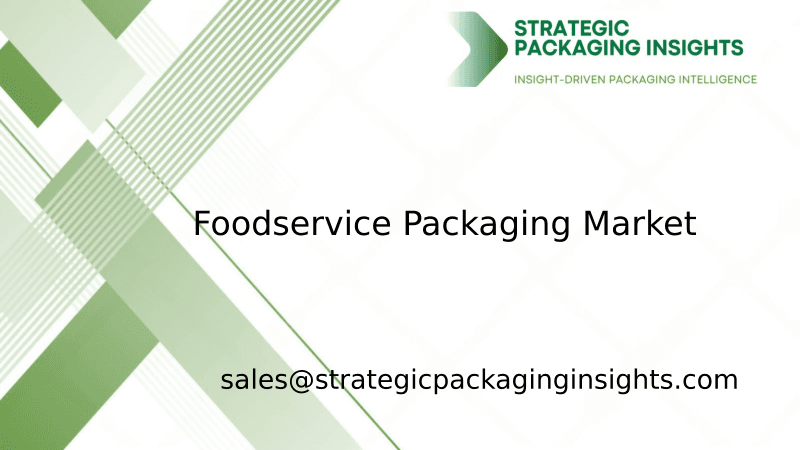
The foodservice packaging market was valued at $120 billion in 2024 and is projected to reach $180 billion by 2033, growing at a CAGR of 4.5% during the forecast period 2025–2033.

The nano-enabled packaging market was valued at $15.2 billion in 2024 and is projected to reach $35.6 billion by 2033, growing at a CAGR of 9.5% during the forecast period 2025–2033.
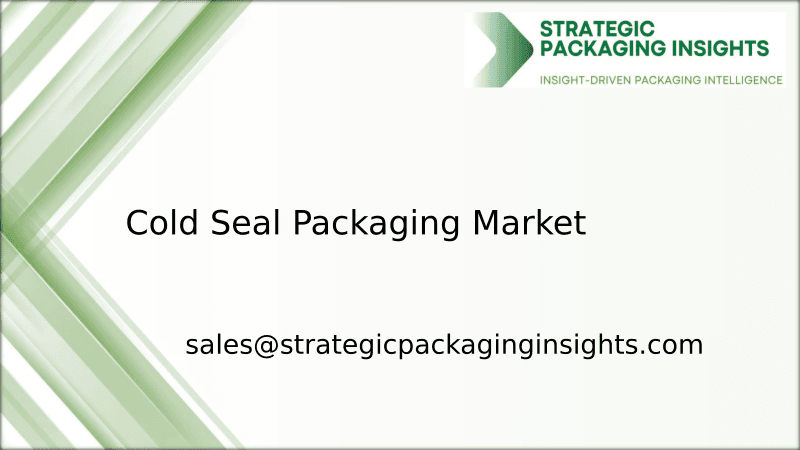
The Cold Seal Packaging market was valued at $1.5 billion in 2024 and is projected to reach $2.3 billion by 2033, growing at a CAGR of 4.8% during the forecast period 2025–2033.

The Transparent Barrier Packaging Films market was valued at $12.5 billion in 2024 and is projected to reach $20.3 billion by 2033, growing at a CAGR of 5.8% during the forecast period 2025–2033.

The Flatback Tape market was valued at $2.5 billion in 2024 and is projected to reach $4.1 billion by 2033, growing at a CAGR of 5.8% during the forecast period 2025–2033.
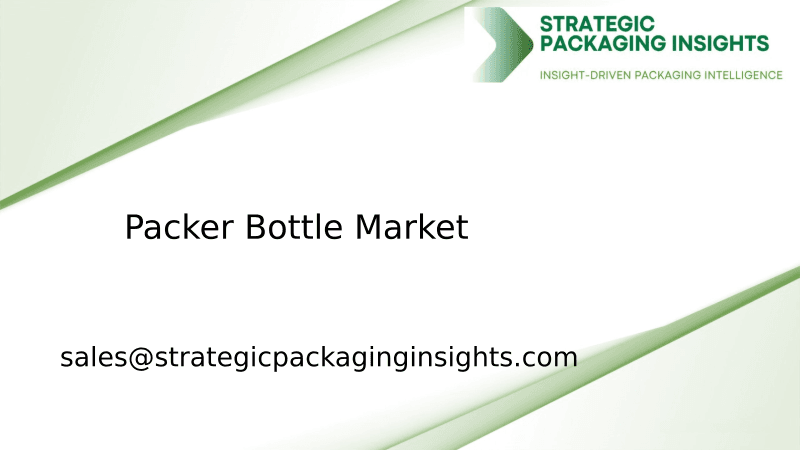
The packer bottle market was valued at $3.5 billion in 2024 and is projected to reach $5.8 billion by 2033, growing at a CAGR of 5.2% during the forecast period 2025–2033.
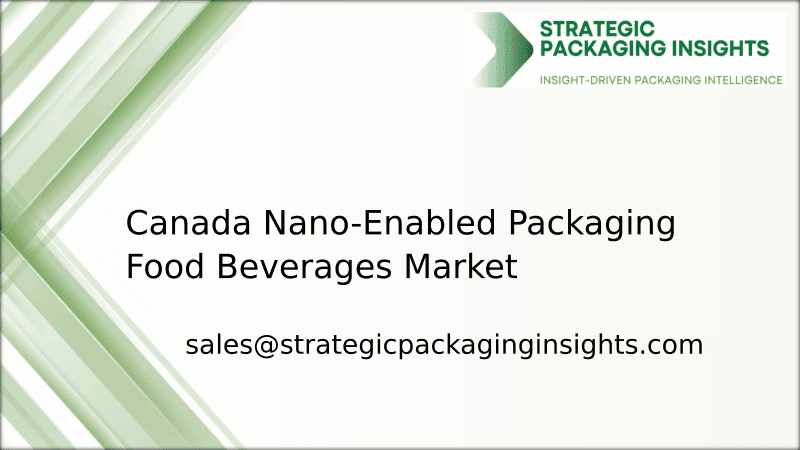
The Canada Nano-Enabled Packaging Food Beverages market was valued at $1.2 billion in 2024 and is projected to reach $3.5 billion by 2033, growing at a CAGR of 12.5% during the forecast period 2025–2033.
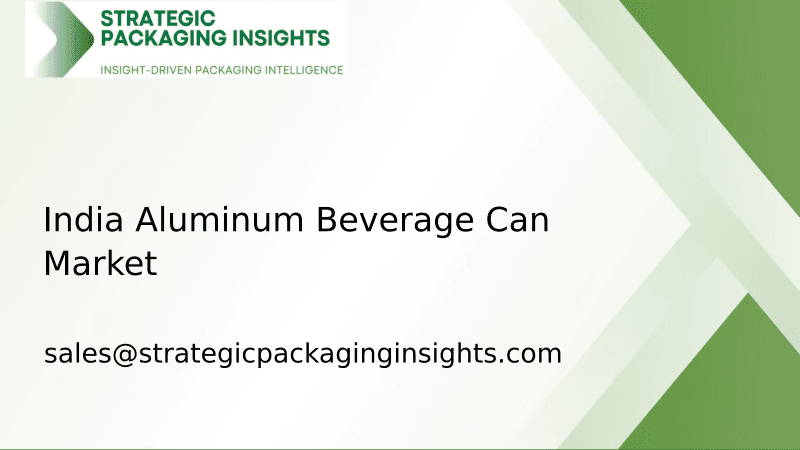
The India Aluminum Beverage Can market was valued at $1.2 billion in 2024 and is projected to reach $2.5 billion by 2033, growing at a CAGR of 8.5% during the forecast period 2025–2033.
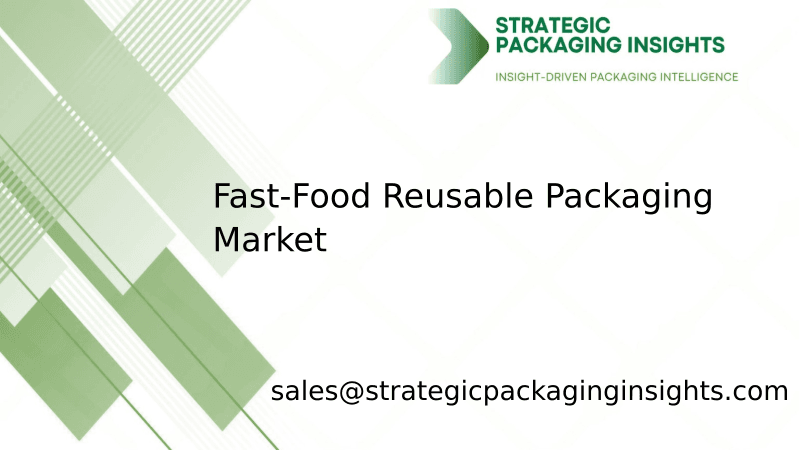
The fast-food reusable packaging market was valued at $1.2 billion in 2024 and is projected to reach $3.5 billion by 2033, growing at a CAGR of 12.5% during the forecast period 2025–2033.
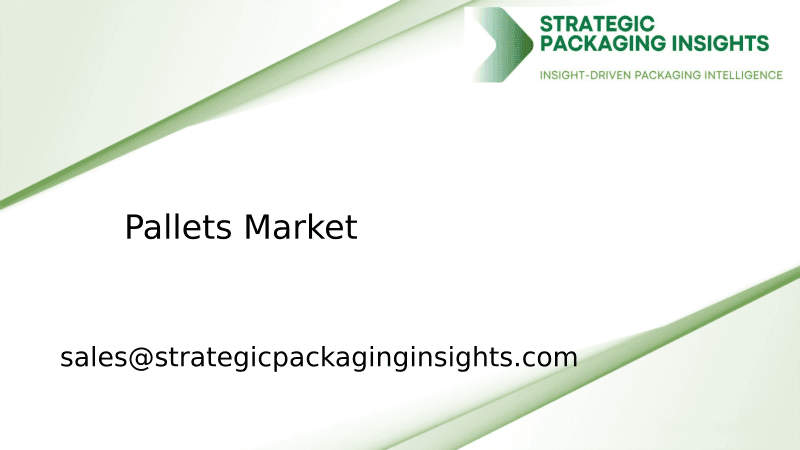
The pallets market was valued at $59.91 billion in 2024 and is projected to reach $88.69 billion by 2033, growing at a CAGR of 4.5% during the forecast period 2025–2033.

The lamination adhesives market was valued at $2.5 billion in 2024 and is projected to reach $4.1 billion by 2033, growing at a CAGR of 5.8% during the forecast period 2025–2033.

The garment packing machine market was valued at $1.2 billion in 2024 and is projected to reach $2.5 billion by 2033, growing at a CAGR of 8.5% during the forecast period 2025–2033.
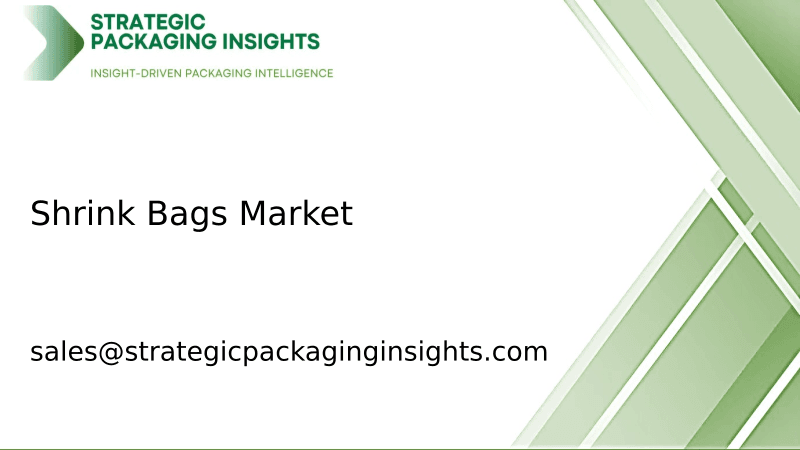
The shrink bags market was valued at $3.5 billion in 2024 and is projected to reach $5.8 billion by 2033, growing at a CAGR of 5.2% during the forecast period 2025–2033.
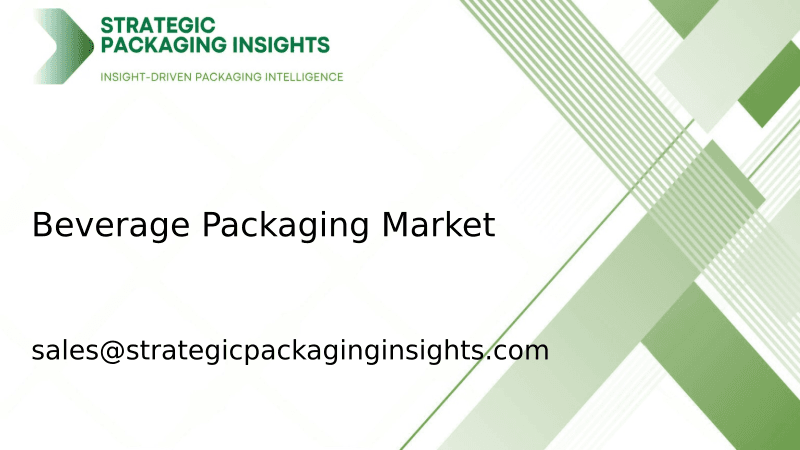
The beverage packaging market was valued at $128 billion in 2024 and is projected to reach $186 billion by 2033, growing at a CAGR of 4.2% during the forecast period 2025–2033.

The North America Freight and Logistics market was valued at $1,200 billion in 2024 and is projected to reach $1,800 billion by 2033, growing at a CAGR of 4.5% during the forecast period 2025–2033.

The Anti-Counterfeiting Packaging market was valued at $105 billion in 2024 and is projected to reach $182 billion by 2033, growing at a CAGR of 6.5% during the forecast period 2025–2033.

The Active and Modified Atmospheric Packaging market was valued at $15.2 billion in 2024 and is projected to reach $25.8 billion by 2033, growing at a CAGR of 6.5% during the forecast period 2025–2033.

The molded fiber packaging market was valued at $7.5 billion in 2024 and is projected to reach $12.3 billion by 2033, growing at a CAGR of 5.8% during the forecast period 2025–2033.

The micro packaging market was valued at $1.2 billion in 2024 and is projected to reach $2.5 billion by 2033, growing at a CAGR of 8.5% during the forecast period 2025–2033.

The Anti-counterfeit Pharmaceuticals Packaging market was valued at $80 billion in 2024 and is projected to reach $150 billion by 2033, growing at a CAGR of 7.5% during the forecast period 2025–2033.
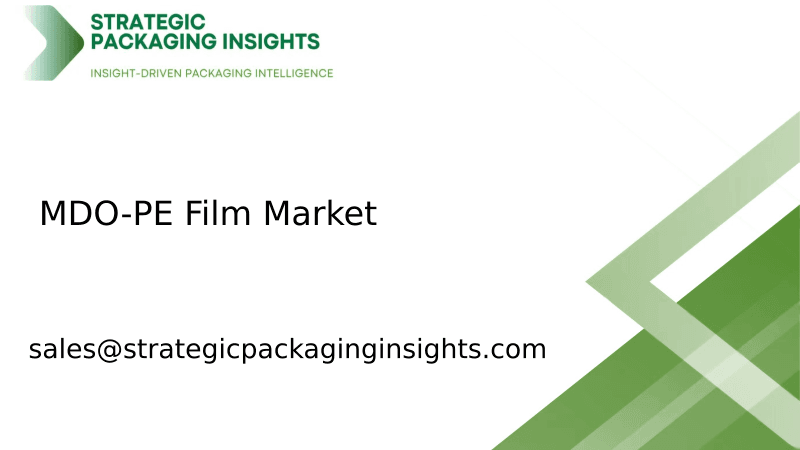
The MDO-PE Film market was valued at $3.5 billion in 2024 and is projected to reach $5.8 billion by 2033, growing at a CAGR of 5.2% during the forecast period 2025–2033.
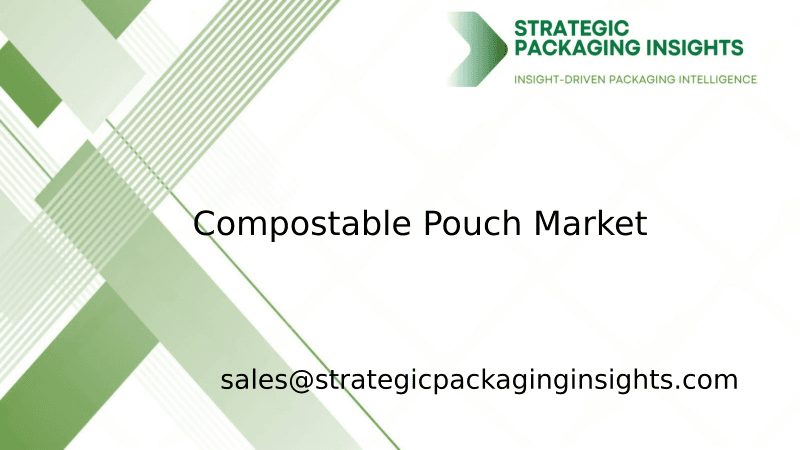
The compostable pouch market was valued at $1.2 billion in 2024 and is projected to reach $3.5 billion by 2033, growing at a CAGR of 12.5% during the forecast period 2025–2033.

The Hot Melt Glue Labeler market was valued at $1.2 billion in 2024 and is projected to reach $2.3 billion by 2033, growing at a CAGR of 6.5% during the forecast period 2025–2033.

The Ethical Label market was valued at $1.5 billion in 2024 and is projected to reach $3.2 billion by 2033, growing at a CAGR of 8.5% during the forecast period 2025–2033.

The Packaging Tensioner market was valued at $1.2 billion in 2024 and is projected to reach $2.3 billion by 2033, growing at a CAGR of 6.5% during the forecast period 2025–2033.

The foodservice packaging market was valued at $120 billion in 2024 and is projected to reach $180 billion by 2033, growing at a CAGR of 4.5% during the forecast period 2025–2033.

The nano-enabled packaging market was valued at $15.2 billion in 2024 and is projected to reach $35.6 billion by 2033, growing at a CAGR of 9.5% during the forecast period 2025–2033.

The Cold Seal Packaging market was valued at $1.5 billion in 2024 and is projected to reach $2.3 billion by 2033, growing at a CAGR of 4.8% during the forecast period 2025–2033.

The Transparent Barrier Packaging Films market was valued at $12.5 billion in 2024 and is projected to reach $20.3 billion by 2033, growing at a CAGR of 5.8% during the forecast period 2025–2033.

The Flatback Tape market was valued at $2.5 billion in 2024 and is projected to reach $4.1 billion by 2033, growing at a CAGR of 5.8% during the forecast period 2025–2033.

The packer bottle market was valued at $3.5 billion in 2024 and is projected to reach $5.8 billion by 2033, growing at a CAGR of 5.2% during the forecast period 2025–2033.

The Canada Nano-Enabled Packaging Food Beverages market was valued at $1.2 billion in 2024 and is projected to reach $3.5 billion by 2033, growing at a CAGR of 12.5% during the forecast period 2025–2033.

The India Aluminum Beverage Can market was valued at $1.2 billion in 2024 and is projected to reach $2.5 billion by 2033, growing at a CAGR of 8.5% during the forecast period 2025–2033.

The fast-food reusable packaging market was valued at $1.2 billion in 2024 and is projected to reach $3.5 billion by 2033, growing at a CAGR of 12.5% during the forecast period 2025–2033.

The pallets market was valued at $59.91 billion in 2024 and is projected to reach $88.69 billion by 2033, growing at a CAGR of 4.5% during the forecast period 2025–2033.

The lamination adhesives market was valued at $2.5 billion in 2024 and is projected to reach $4.1 billion by 2033, growing at a CAGR of 5.8% during the forecast period 2025–2033.

The garment packing machine market was valued at $1.2 billion in 2024 and is projected to reach $2.5 billion by 2033, growing at a CAGR of 8.5% during the forecast period 2025–2033.

The shrink bags market was valued at $3.5 billion in 2024 and is projected to reach $5.8 billion by 2033, growing at a CAGR of 5.2% during the forecast period 2025–2033.

The beverage packaging market was valued at $128 billion in 2024 and is projected to reach $186 billion by 2033, growing at a CAGR of 4.2% during the forecast period 2025–2033.

The North America Freight and Logistics market was valued at $1,200 billion in 2024 and is projected to reach $1,800 billion by 2033, growing at a CAGR of 4.5% during the forecast period 2025–2033.

The Anti-Counterfeiting Packaging market was valued at $105 billion in 2024 and is projected to reach $182 billion by 2033, growing at a CAGR of 6.5% during the forecast period 2025–2033.

The Active and Modified Atmospheric Packaging market was valued at $15.2 billion in 2024 and is projected to reach $25.8 billion by 2033, growing at a CAGR of 6.5% during the forecast period 2025–2033.

The molded fiber packaging market was valued at $7.5 billion in 2024 and is projected to reach $12.3 billion by 2033, growing at a CAGR of 5.8% during the forecast period 2025–2033.

The micro packaging market was valued at $1.2 billion in 2024 and is projected to reach $2.5 billion by 2033, growing at a CAGR of 8.5% during the forecast period 2025–2033.

The Anti-counterfeit Pharmaceuticals Packaging market was valued at $80 billion in 2024 and is projected to reach $150 billion by 2033, growing at a CAGR of 7.5% during the forecast period 2025–2033.

The MDO-PE Film market was valued at $3.5 billion in 2024 and is projected to reach $5.8 billion by 2033, growing at a CAGR of 5.2% during the forecast period 2025–2033.

The compostable pouch market was valued at $1.2 billion in 2024 and is projected to reach $3.5 billion by 2033, growing at a CAGR of 12.5% during the forecast period 2025–2033.
